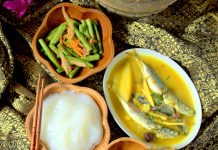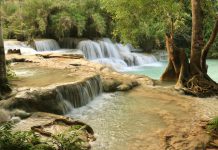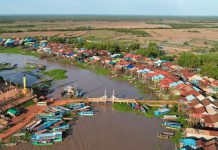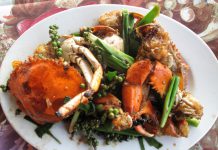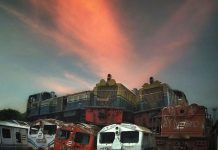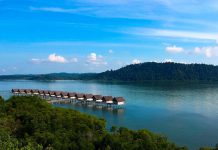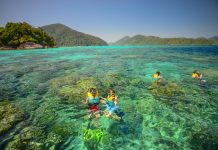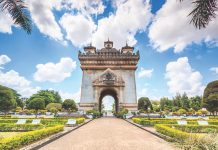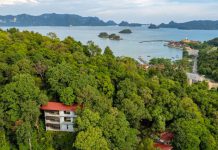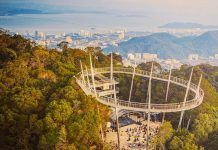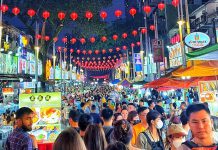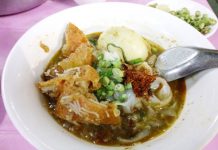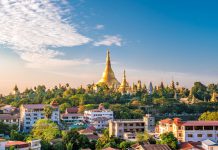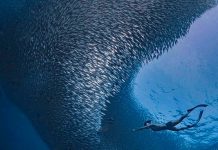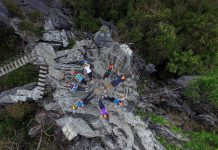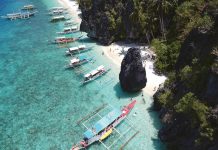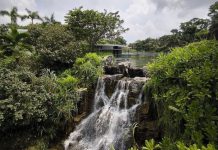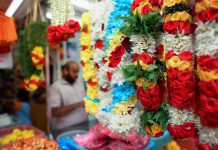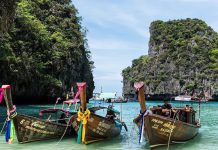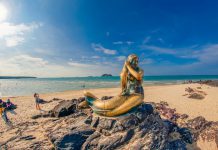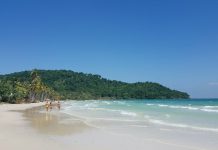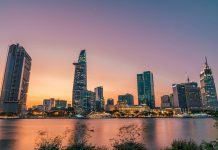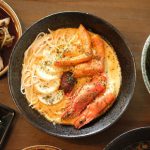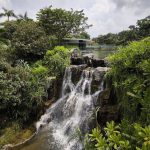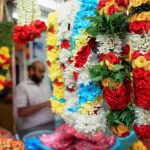ArtScience Museum’s newest exhibition, Planet or Plastic?, which opens tomorrow (12 September), captures the essence of the popular phrase – “a picture is worth a thousand words”.
The exhibition by National Geographic tells the story of plastic – from its invention just over a century ago to the environmental impact brought about by its mass consumption. It highlights the fragility of the natural environment and how it is being impacted by plastic pollution. The exhibition also aims to raise awareness of our dependence on plastic by visually depicting the global plastic waste crisis and highlighting the people who are working on solutions to this urgent problem.
On display are 70 profound images featured in six thematic sections. Complementing the exhibition are a series of workshops, film screenings, online events and community activities such as a beach clean-up in December where people can do their part for the environment by removing plastic waste from one of Singapore’s beaches.
These 8 impactful images (and the stories behind them) got our attention and are worth a closer look.
Seahorse by Justin Hofman
Shot n the polluted waters near Sumbawa Besar, Sumbara Island, Indonesia
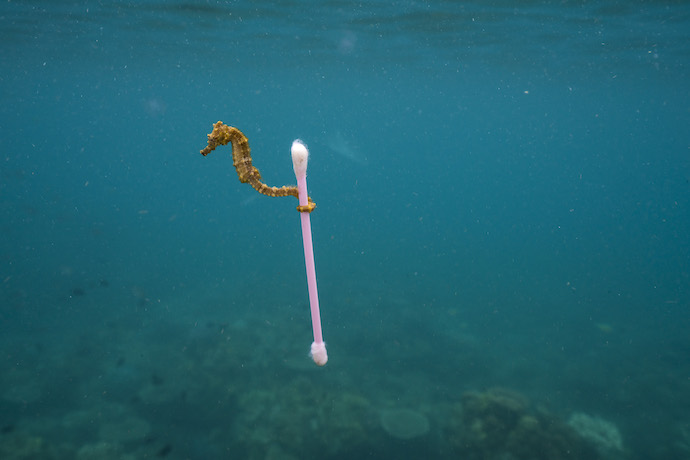
To ride ocean currents, seahorses clutch drifting seagrass or other natural debris with their tails. The debris acts as a sail, whisking seahorses along with the currents. In the polluted waters off the Indonesian island of Sumbawa, this small estuary seahorse (Hippocampus kuda) latched onto a plastic cotton swab instead.
Loggerhead Turtle by Jordi Chias
Shot in the Mediterranean Sea, off the coast of Spain
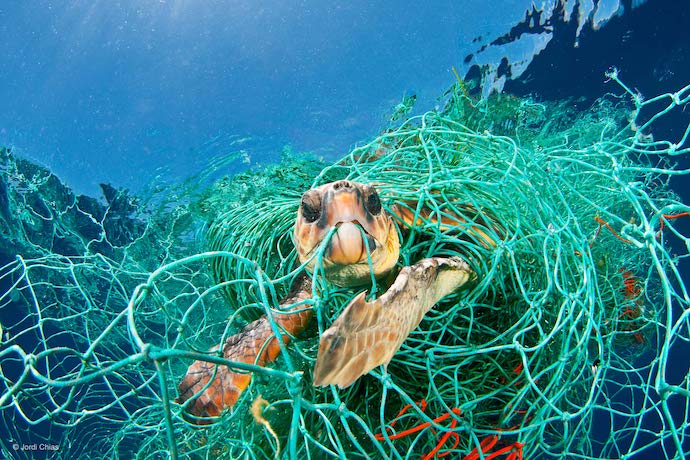
A loggerhead turtle is ensnared in an old plastic fishing net in the Mediterranean Sea, off the coast of Spain. The turtle could stretch its neck above the water to breathe, but it would have died if the photographer had not freed it. “Ghost fishing” by derelict or abandoned fishing gear is a big threat to sea turtles and other marine mammals.
Recycling Plant by Randy Olson
Shot in Recology San Francisco, California, USA
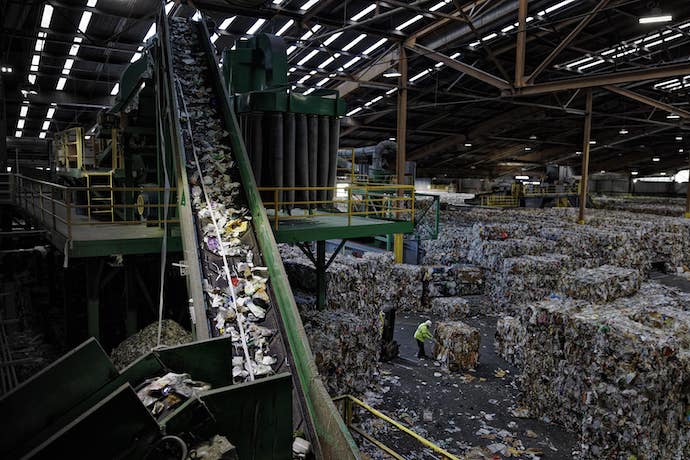
Currently about one-fifth of all plastic waste is recycled, but in the US, the proportion is lower – only about 10 percent. Recology’s largest recycling plant in San Francisco, California, handles 500 to 600 tonnes of waste daily. One of the few plants in the US that accepts shopping bags, it has more than doubled the tonnage it recycles in the past 20 years. The conveyor belt is carrying mixed plastic to an optical sorter.
Mountain of Discarded Plastic Bottles by Randy Olson
Shot in Dhaka, Bangladesh
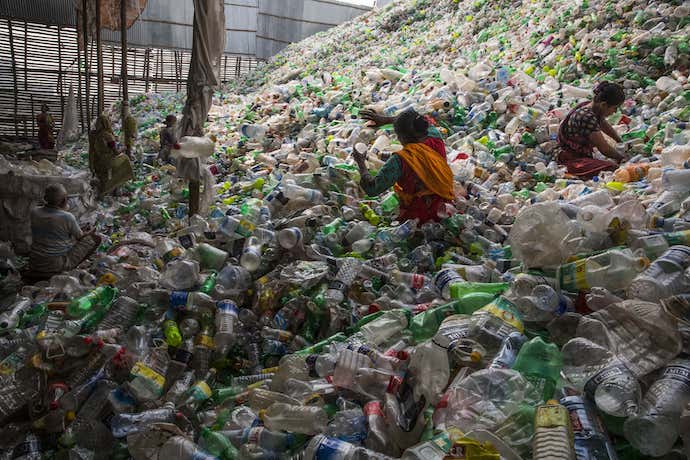
One of the major hurdles to recycling is the proper cleaning and sorting of the materials. In Dhaka, Bangladesh, women sort through a mountain of discarded plastic bottles gathered by waste pickers, which will be melted down and remade into new plastic products. These places provide employment and help remove discarded plastic from places where it can flow into the sea.
SOUP: Bird’s Nest by Mandy Barker
Shot in an area of The North Pacific Ocean known as the Garbage Patch
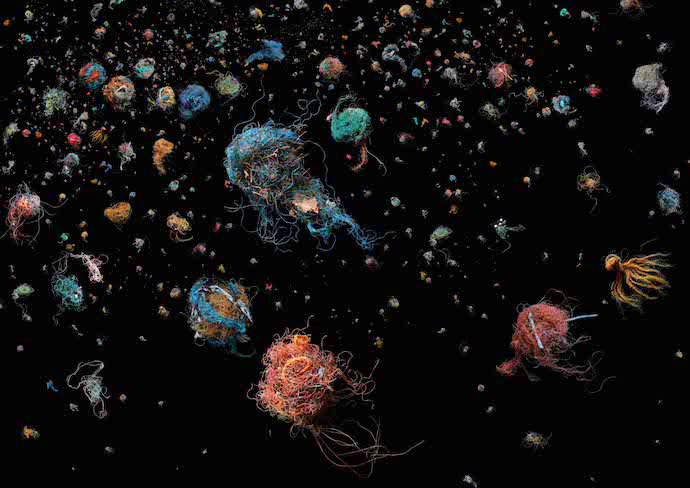
A discarded fishing line has formed nest-like balls due to tidal movements of the ocean. In time, these nests collect other debris in their path. Some of the nests also resemble jellyfish or other marine creatures.
Polluted Water Popsicles by Zheng Yu-ti
Shot in Taiwan

If you licked one of these “treats,” you’d encounter cigarette butts, oil, oozing trash and a whole lot of plastic and other unsavoury pollutants. Three art students collected water from a hundred sites around Taiwan and then froze it into blocks. The artists – Hong Yi-chen, Guo Yi-hui and Zheng Yu-ti – hope to draw public attention to water contamination and inspire people to generate less waste through their frozen creations.
Throwaway Living by Peter Stackpole
Shot in the US
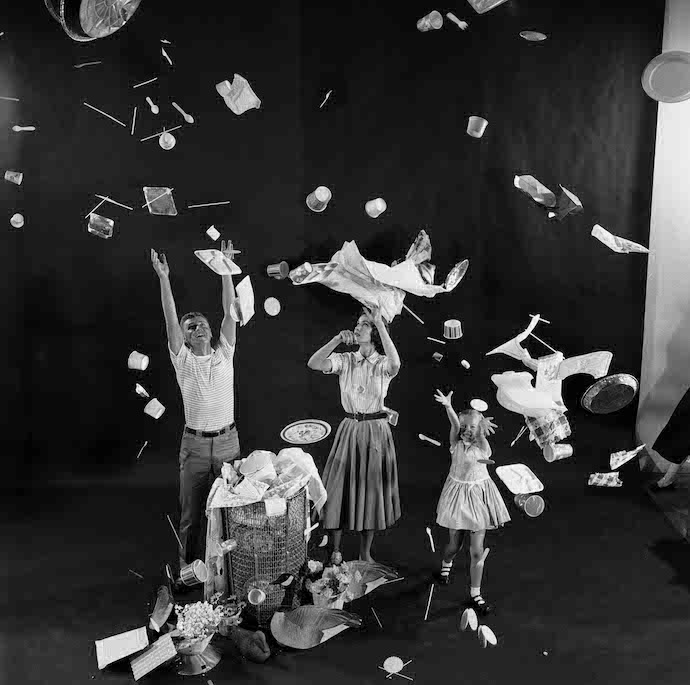
After the war ended, plastic manufacturers had to come up with new ways to sell their products. They adapted materials used on the front lines to suit life at home. After years of making do with what they had, Americans embraced the advent of disposable products. In a 1955 LIFE magazine article entitled “Throwaway Living,” an American family is shown tossing paper cups, plates, aluminium foil pans, lunch trays, straws and napkins through the air to illustrate how society has turned into a disposable society with throw-away products.
Siphon Water Into Plastic Containers by Jonas Bendiksen
Shot in Delhi, India
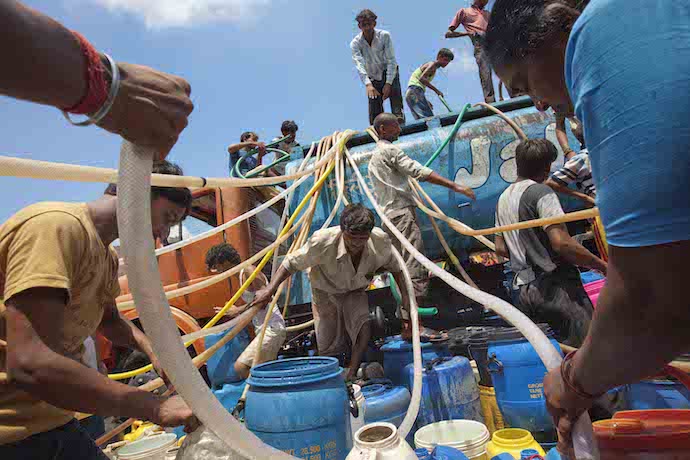
In many areas of the world, clean water for washing, cooking, and drinking is not readily available. Since plastic containers are lightweight and tough, they are an excellent way to transport water long distances. Even though bottled water has gotten a bad reputation, when disaster strikes, plastic bottles are also the fastest way to get water to people who need it. Here, residents of a parched slum in Delhi, India, swarm a tanker to siphon water into plastic containers.

